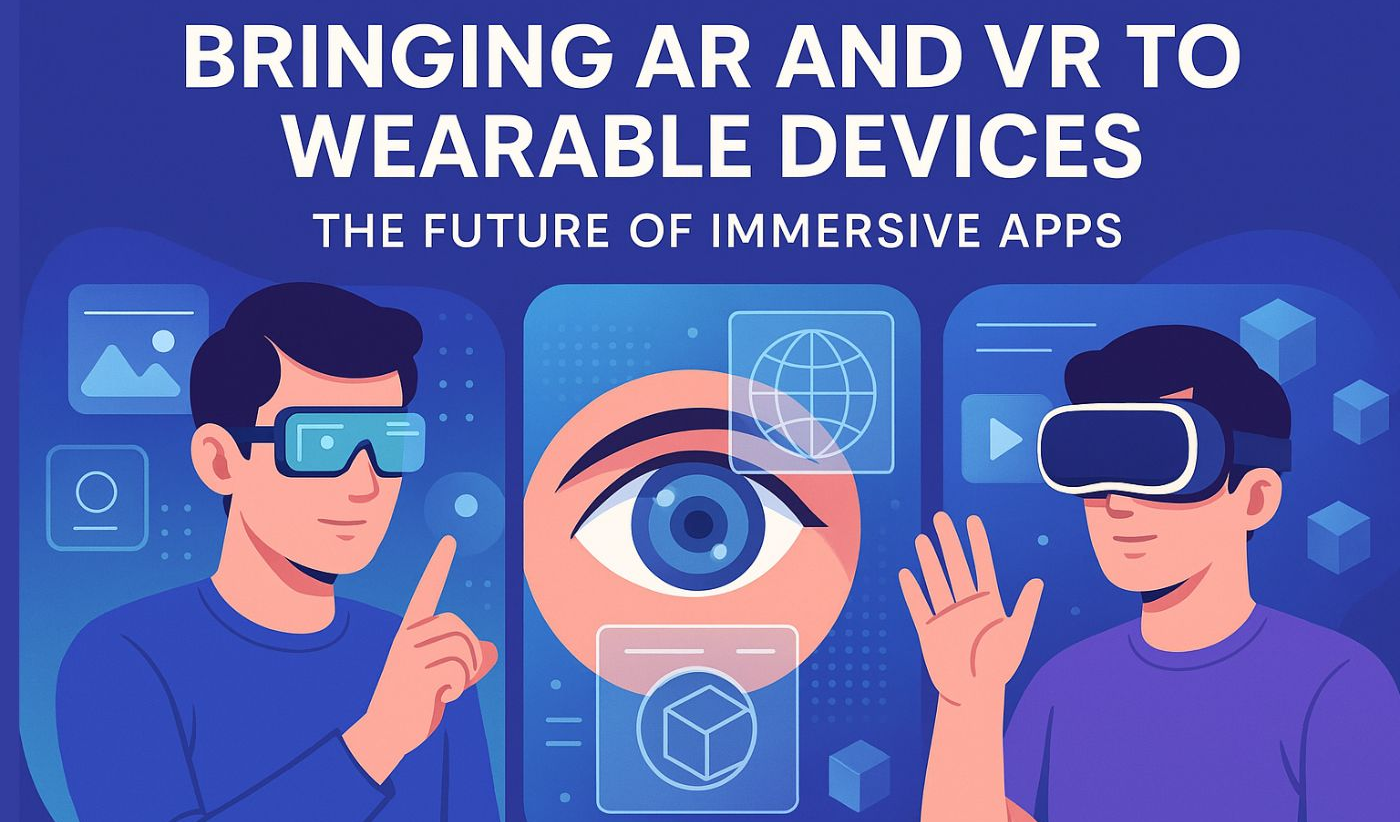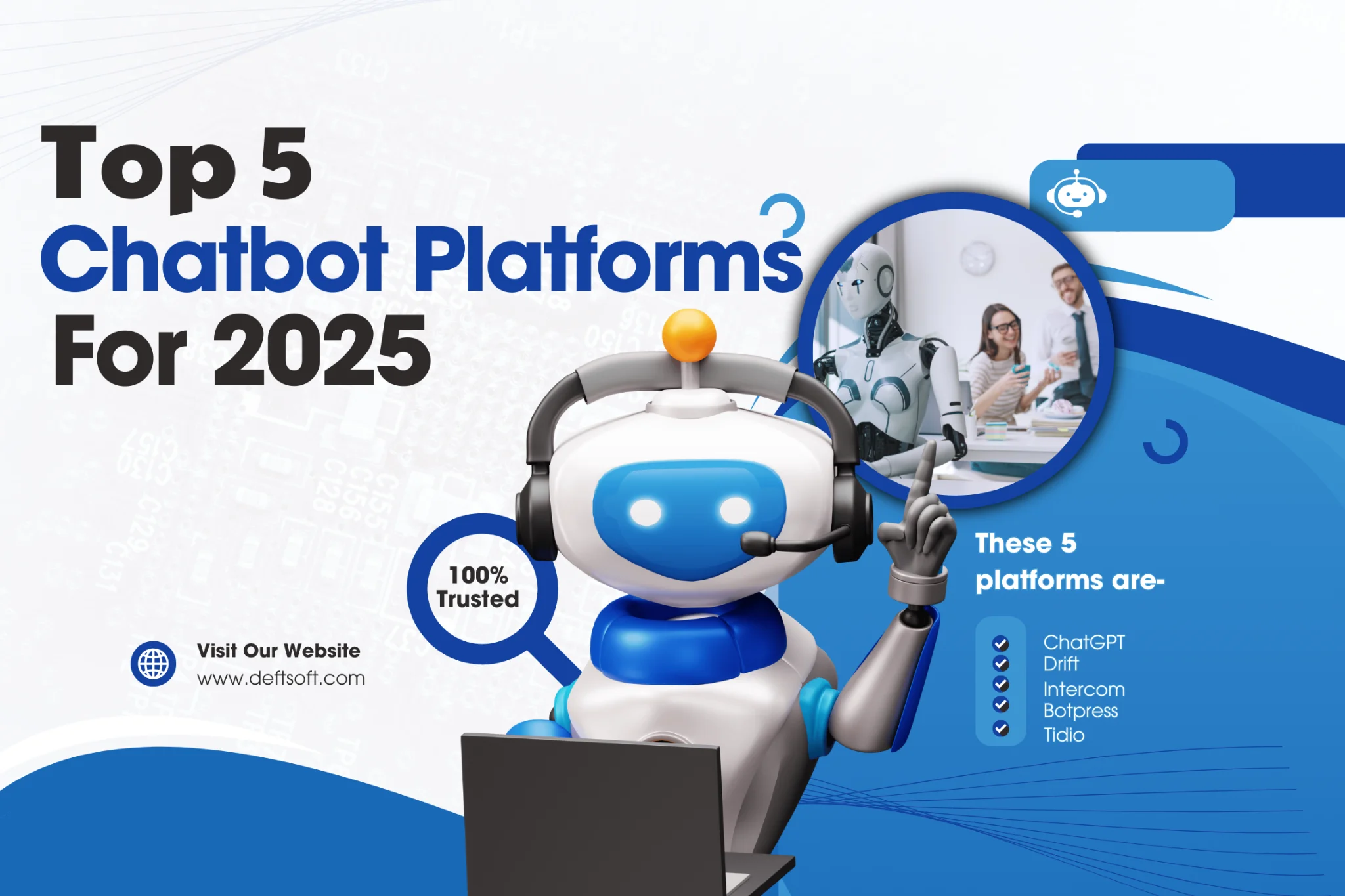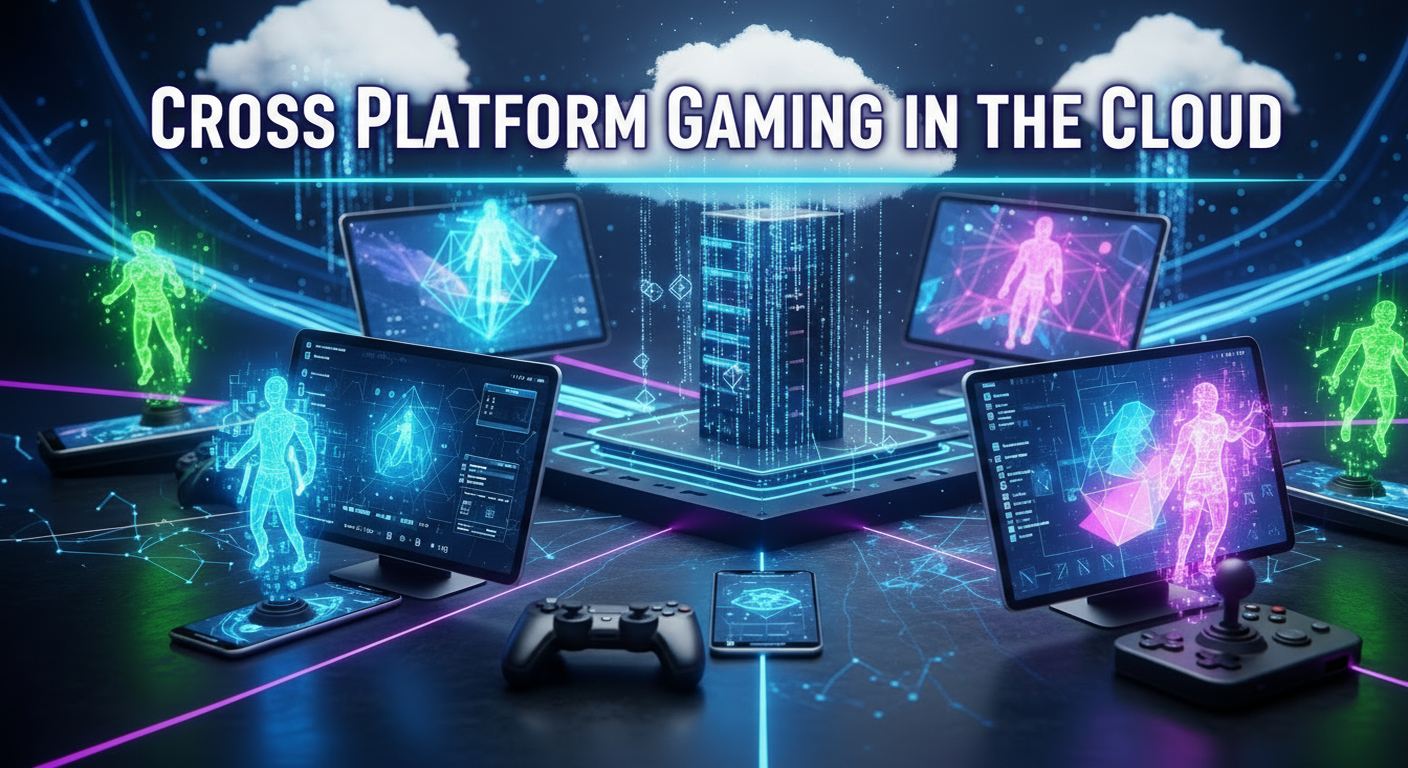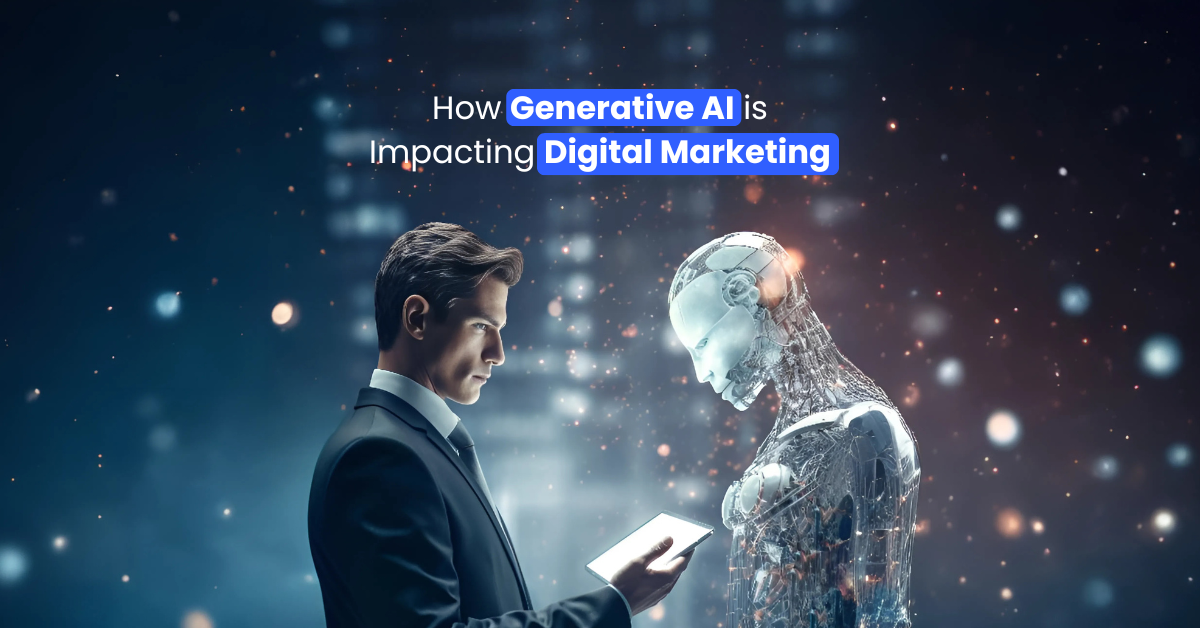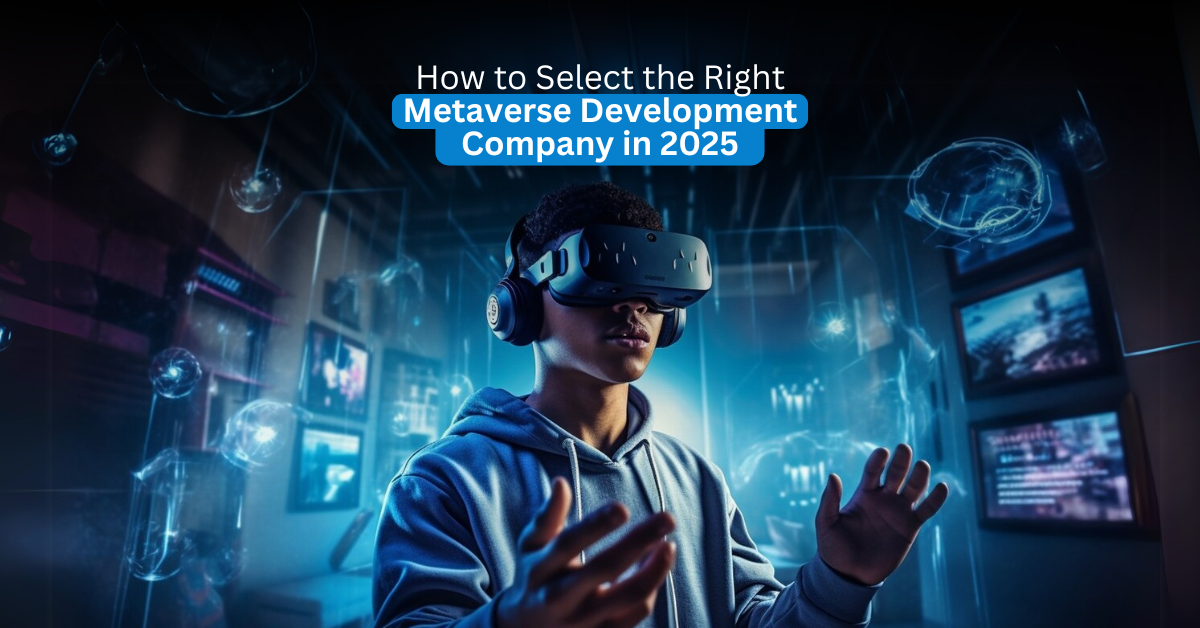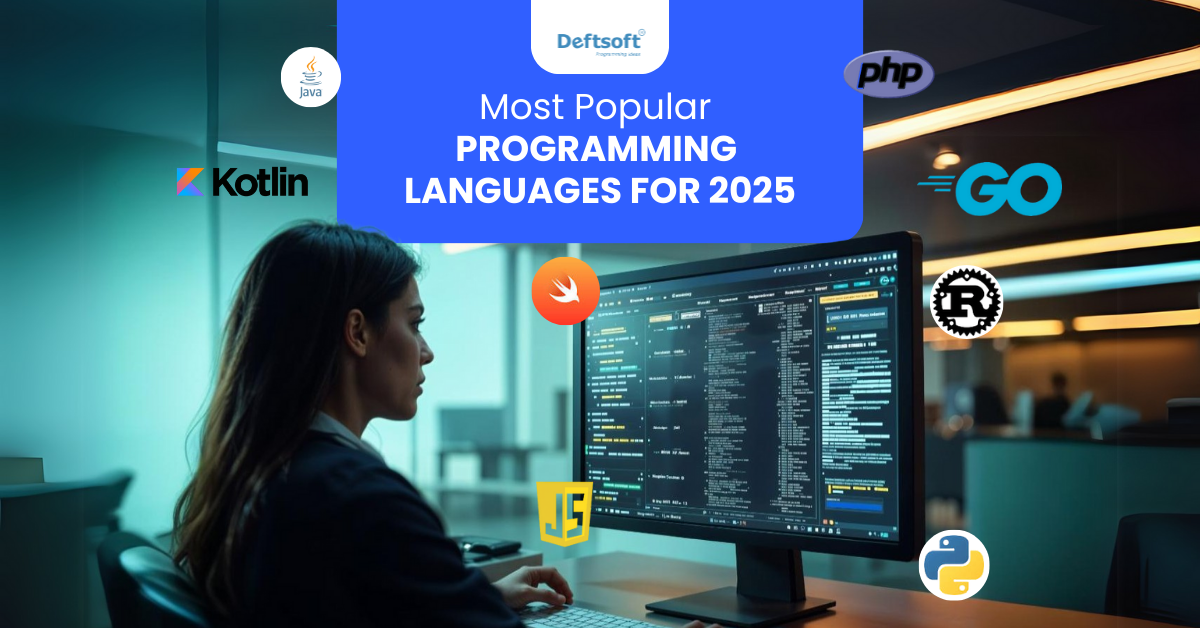Introduction
Augmented Reality (AR) and Virtual Reality (VR) are revolutionizing the way we interact with the digital world, and their integration with wearable devices is opening up a new frontier of possibilities. From smart glasses to VR headsets, wearable technology is becoming a crucial tool for businesses across industries such as healthcare, education, retail, and entertainment. Companies are now investing in wearable app development services to create cutting-edge applications that enhance user experiences and drive innovation.
The demand for wearable app development companies is on the rise, as businesses seek to develop AR and VR-powered solutions that improve accessibility, efficiency, and engagement. In this article, we will explore how AR and VR are transforming wearable devices, their real-world applications, challenges, and future trends.
What is AR and VR?
Definition and Explanation of AR and VR
Augmented Reality (AR) enhances the real world by overlaying digital elements, such as images, text, and animations, onto a user’s physical environment. This technology is commonly used in smartphones, smart glasses, and wearable devices. In contrast, Virtual Reality (VR) creates a fully immersive digital experience that replaces the real world with a computer-generated environment. VR is typically experienced through head-mounted displays (HMDs) such as the Oculus Rift or HTC Vive.
With businesses increasingly adopting AR and VR, wearable app development services are crucial for building apps that deliver seamless, high-quality experiences to users.
How AR and VR Work in Wearable Devices
AR works by using cameras, sensors, and real-time processing to analyze the user’s surroundings and project digital content onto their view. Smart glasses, such as Microsoft HoloLens, use AR to display real-time data, maps, and notifications without requiring users to check their phones.
VR, on the other hand, uses headsets and motion-tracking technology to immerse users in a fully digital world. By utilizing wearable app development services, businesses can develop VR applications that simulate real-life experiences, such as training simulations, virtual meetings, and immersive entertainment.
Examples of AR and VR in Wearable Devices
A well-known example of AR in wearable devices is Pokémon Go, which overlays virtual creatures onto real-world locations using a smartphone’s camera. Another popular application is smart AR glasses that help factory workers access real-time instructions hands-free.
For VR, headsets such as the Meta Quest allow users to enter digital environments for gaming, virtual travel, or workplace collaboration. Businesses that invest in wearable app development companies can create customized VR applications tailored to their industry needs.
Use Cases for AR and VR in Wearable Devices
Retail and E-commerce
The retail industry is leveraging wearable AR apps to enhance shopping experiences. With AR-powered smart glasses, customers can try on clothes, visualize furniture in their homes, or access detailed product information in real time. VR is also being used to create virtual showrooms, allowing customers to explore products in a 3D environment.
Companies that specialize in wearable app development services are helping retailers build immersive AR/VR shopping apps that improve customer engagement and drive sales.
Education and Training
AR and VR are transforming education by offering interactive and hands-on learning experiences. Students can use AR apps to view 3D models of complex subjects, such as human anatomy or space exploration. Meanwhile, VR allows students to step into historical events or practice real-world skills in a controlled virtual setting. Businesses and educational institutions looking to integrate these technologies are partnering with wearable app development companies to create innovative learning applications.
Healthcare and Medical Training
Wearable AR and VR devices are playing a critical role in healthcare. AR-powered smart glasses assist surgeons by overlaying real-time data and 3D models during procedures, reducing errors and improving efficiency. VR is being used for medical training, enabling students to practice surgeries in a risk-free environment.
Additionally, VR therapy is being adopted to treat conditions like PTSD and anxiety, allowing patients to experience guided exposure therapy in a controlled setting. Companies specializing in wearable app development services are at the forefront of creating life-changing healthcare solutions using AR and VR.
Entertainment and Gaming
The gaming and entertainment industries have been the biggest adopters of AR and VR technologies. AR apps bring interactive and immersive elements to mobile gaming, while VR headsets provide deeply engaging experiences in virtual worlds.
Film studios and theme parks are also integrating AR and VR into their attractions, offering visitors new ways to interact with digital content. The rise of wearable app development services ensures that businesses can create next-gen entertainment applications that captivate audiences.
Real Estate and Architecture
AR and VR are revolutionizing the real estate and architecture industries by enabling virtual property tours and interactive design visualization. AR apps allow clients to see how furniture or renovations will look in their space before making a purchase.
VR provides 3D architectural walkthroughs, helping architects and developers present their designs to clients in an immersive way. Businesses in real estate and architecture are turning to wearable app development companies to develop tailored solutions that enhance customer experiences.
Challenges and Considerations
Cybersickness and Health Concerns
One of the biggest challenges of VR technology is cybersickness, which causes dizziness, nausea, and disorientation due to prolonged use. AR applications can also lead to eye strain and fatigue, making it important for developers to optimize user experiences.
To minimize these issues, wearable app development companies are focusing on creating ergonomic and user-friendly applications that ensure comfort and accessibility.
Ethical and Privacy Concerns
As AR and VR technologies collect vast amounts of user data, concerns about privacy and data security are rising. From facial recognition in AR apps to personal data tracking in VR environments, businesses must implement strong security measures to protect user information.
Technical Limitations and Cost
Developing AR and VR wearable applications requires high processing power, seamless connectivity, and advanced hardware. The high cost of VR headsets and AR smart glasses remains a barrier to mass adoption. However, as wearable app development companies continue to innovate, more affordable and efficient solutions are emerging.
The Future of AR and VR in Wearable Devices
Integration of AI in AR/VR
Artificial Intelligence (AI) is enhancing wearable AR and VR applications by improving object recognition, personalization, and automation. AI-powered AR apps can offer real-time assistance, while AI-driven VR environments adapt to user preferences, creating dynamic and engaging experiences.
5G and Its Impact on AR/VR Wearables
The rollout of 5G technology is set to transform wearable AR and VR applications by reducing latency, improving connectivity, and enabling real-time interactions. This will enhance the performance of wearable apps, making AR and VR experiences smoother and more immersive.
Wearable AR/VR Devices – What’s Next?
The future of wearable AR/VR devices includes lighter, more comfortable, and more powerful smart glasses and headsets. Innovations in battery life, display technology, and processing power will drive mass adoption, making AR and VR experiences more accessible.
Conclusion
The fusion of AR and VR with wearable devices is paving the way for new possibilities in various industries. From healthcare and education to retail and entertainment, wearable technology is transforming how we interact with digital content. As more businesses recognize the potential of AR and VR, the demand for wearable app development services is growing rapidly.
If you’re looking to develop cutting-edge wearable AR/VR applications, Deftsoft is a leading wearable app development company that specializes in creating innovative, high-performance solutions. With expertise in AR, VR, and AI-powered applications, Deftsoft helps businesses stay ahead in the rapidly evolving digital landscape.
FAQs
1. What is a wearable app development company?
A wearable app development company specializes in building applications for smart wearables such as AR glasses, VR headsets, and fitness trackers.
2. How can AR and VR benefit businesses?
AR and VR enhance customer experiences, improve training programs, and create immersive marketing solutions.
3. What industries use wearable AR and VR applications?
Industries such as healthcare, education, retail, gaming, and real estate use AR and VR applications.
4. How much does it cost to develop a wearable AR/VR app?
Costs vary based on complexity, features, and platform requirements. A wearable app development company like Deftsoft can provide a custom quote.
5. What is the future of wearable AR and VR devices?
Wearable AR/VR devices will become more lightweight, powerful, and AI-driven, enhancing real-world applications.
Explore more with Deftsoft – your trusted wearable app development service provider!
